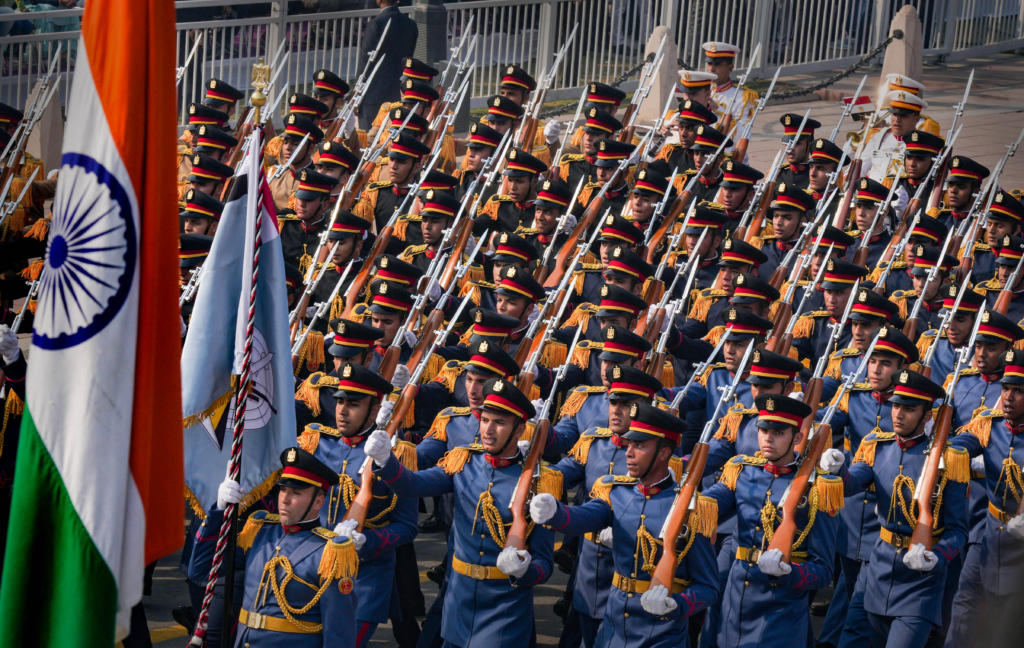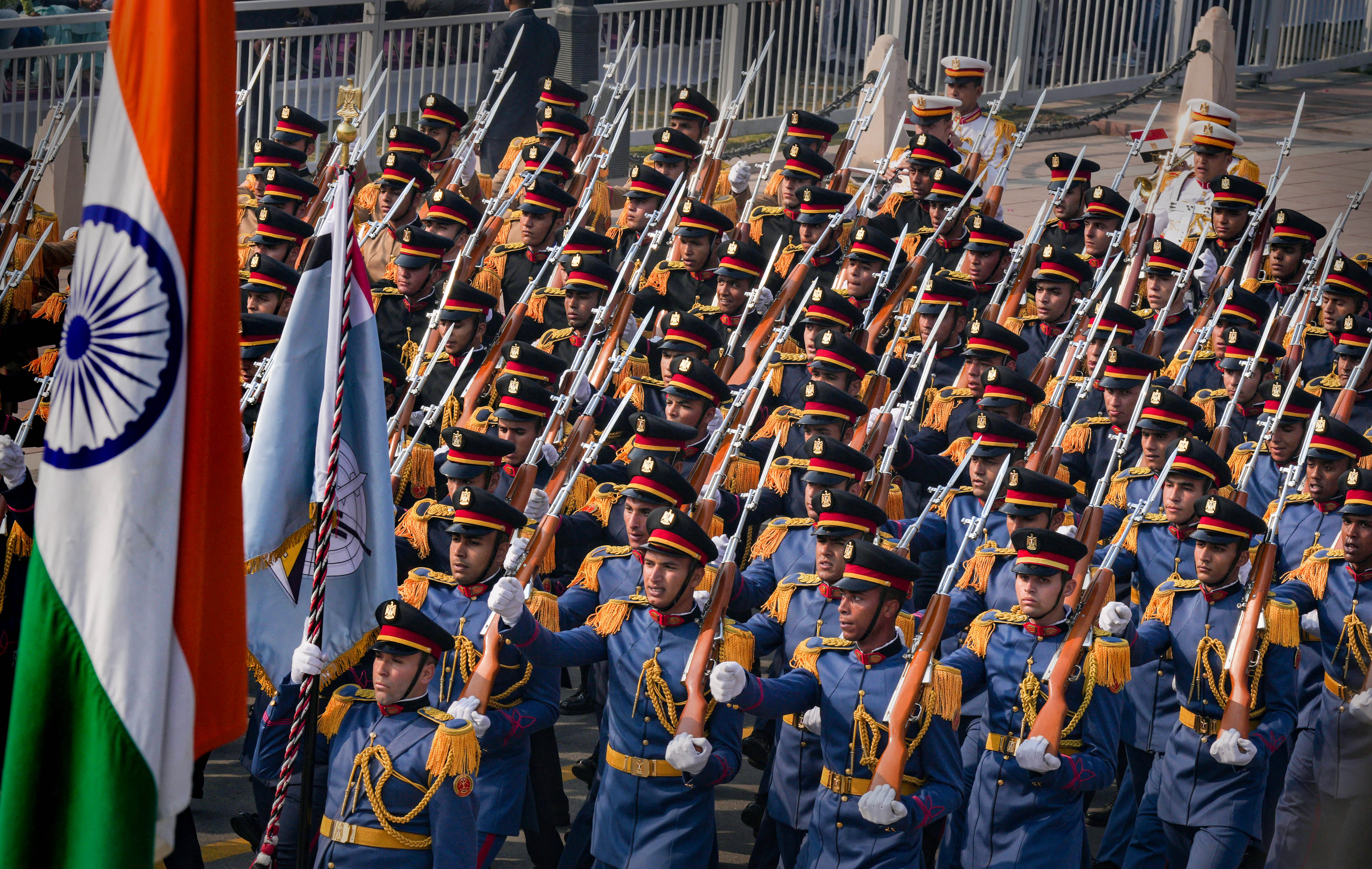
Table of Contents:
- Introduction: Celebrating India’s Republic Day
- Why Is Republic Day Significant?
- A Glimpse into the Making of the Constitution
- Republic Day Quiz: Test Your Knowledge
- Section 1: History of the Constitution
- Section 2: Key Features of the Constitution
- Section 3: Trivia and Fun Facts
- Section 1: History of the Constitution
- Answers and Explanations
- Conclusion: Honoring the Spirit of the Constitution
Introduction: Celebrating India’s Republic Day
Every year on January 26th, India celebrates Republic Day with great pride and enthusiasm. This special day marks the adoption of the Constitution of India in 1950, transforming the nation into a sovereign, socialist, secular, and democratic republic. But how much do you really know about the document that shapes the largest democracy in the world?
Join us in a fun and educational Republic Day Quiz to test your knowledge and discover fascinating facts about India’s Constitution!
Why Is Republic Day Significant?
Republic Day is not just a public holiday; it symbolizes the principles and values that form the bedrock of the Indian democracy. It was on this day that the Constitution of India officially replaced the Government of India Act of 1935, empowering the people of India with fundamental rights and duties.
The celebrations include the grand Republic Day Parade in New Delhi, showcasing India’s cultural diversity, military prowess, and the vision of a united nation. Beyond the spectacle, Republic Day is a time to reflect on the hard-fought freedoms and responsibilities as citizens.
A Glimpse into the Making of the Constitution
Did you know that drafting the Constitution of India took almost three years? Here are some intriguing facts about its making:
- Drafting Committee: Chaired by Dr. B.R. Ambedkar, the Drafting Committee played a crucial role in shaping the Constitution.
- Number of Articles: The original Constitution had 395 articles divided into 22 parts and 8 schedules.
- Longest Written Constitution: India’s Constitution is the longest written constitution of any sovereign nation in the world.
- Adopted on: November 26, 1949, but came into effect on January 26, 1950 to honor the Purna Swaraj Declaration of 1930.
Republic Day Quiz: Test Your Knowledge
Section 1: History of the Constitution
- Who was the chairman of the Drafting Committee of the Indian Constitution?
- a) Dr. Rajendra Prasad
- b) Dr. B.R. Ambedkar
- c) Jawaharlal Nehru
- a) Dr. Rajendra Prasad
- When was the Constitution of India adopted?
- a) January 26, 1947
- b) November 26, 1949
- c) January 26, 1950
- a) January 26, 1947
- Which event is commemorated by celebrating Republic Day?
- a) Adoption of the National Flag
- b) Adoption of the Constitution
- c) India gaining independence
- a) Adoption of the National Flag
Section 2: Key Features of the Constitution
- Which part of the Constitution contains the Fundamental Rights?
- a) Part III
- b) Part IV
- c) Part II
- a) Part III
- How many Fundamental Duties are listed in the Constitution?
- a) 10
- b) 11
- c) 12
- a) 10
- What is the basic structure doctrine?
- a) A method for amending the Constitution
- b) A principle ensuring certain constitutional features cannot be altered
- c) A guideline for judicial appointments
- a) A method for amending the Constitution
Section 3: Trivia and Fun Facts
- Who was the first President of independent India?
- a) Dr. Rajendra Prasad
- b) Sardar Vallabhbhai Patel
- c) Jawaharlal Nehru
- a) Dr. Rajendra Prasad
- Which language is the official text of the Indian Constitution written in?
- a) English
- b) Hindi
- c) Both Hindi and English
- a) English
- How many amendments have been made to the Constitution of India as of 2024?
- a) 97
- b) 105
- c) 130
- a) 97
Answers and Explanations
- (b) Dr. B.R. Ambedkar – Known as the “Architect of the Indian Constitution.”
- (b) November 26, 1949 – This is the day the Constitution was adopted, though it came into effect on January 26, 1950.
- (b) Adoption of the Constitution – Republic Day honors this significant event in India’s history.
- (a) Part III – This section outlines the Fundamental Rights of citizens.
- (b) 11 – Initially, there were 10 Fundamental Duties; the 11th was added in 2002.
- (b) A principle ensuring certain constitutional features cannot be altered – This doctrine was established through the Kesavananda Bharati case in 1973.
- (a) Dr. Rajendra Prasad – He served as India’s first President from 1950 to 1962.
- (c) Both Hindi and English – The Constitution is available in both languages.
- (b) 105 – As of 2024, there have been 105 constitutional amendments.
Conclusion: Honoring the Spirit of the Constitution
As we celebrate Republic Day, it is a reminder to cherish and uphold the values enshrined in the Constitution. By understanding its principles and history, we honor the vision of the framers and contribute to a more just, equal, and democratic India.
How many questions did you get right? Share this quiz with your friends and challenge them to test their knowledge of India’s remarkable Constitution!

